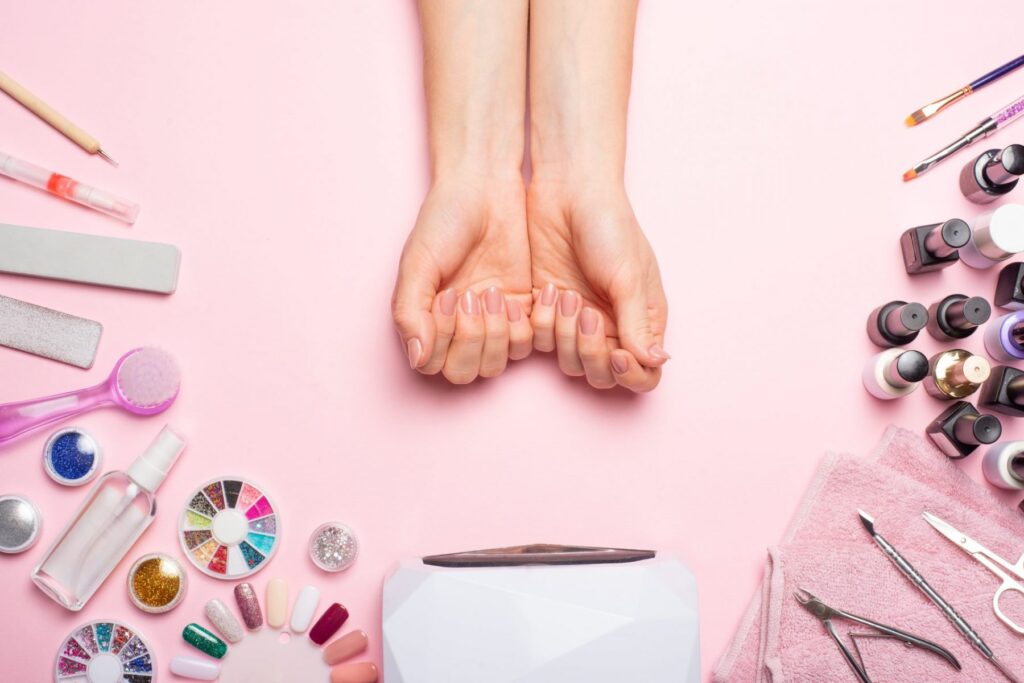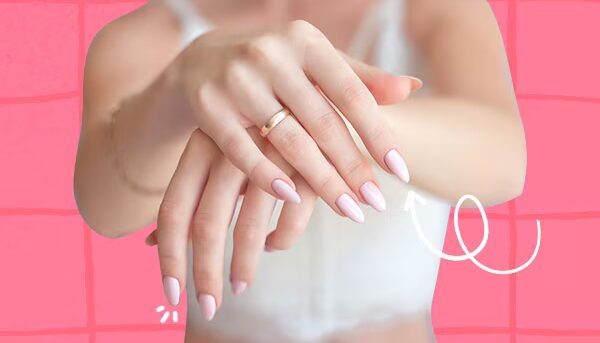Your nails are more than just a canvas for art—they’re a window to your overall health and a reflection of your self-care routine. Strong, healthy nails that grow without splitting or discoloration are not only aesthetically pleasing but also a sign of good nutrition and proper maintenance. Yet, daily habits like harsh chemical exposure, improper trimming, or nutrient deficiencies can compromise their health. This guide breaks down science-backed strategies to nurture nails that are both resilient and radiant.

I. The Anatomy of Healthy Nails: Understanding the Basics
Nails are composed of keratin, a protein also found in hair and skin, formed by cells in the nail matrix at the base of the cuticle. A healthy nail plate is smooth, evenly colored (translucent with a pinkish undertone from underlying blood vessels), and firmly attached to the nail bed. Common issues like brittleness, ridges, or discoloration often stem from:
- External stressors: Frequent exposure to water, detergents, or acetone-based nail polish removers
- Nutritional gaps: Deficiencies in biotin, iron, zinc, or omega-3 fatty acids
- Improper care: Over-filing, cutting cuticles, or using metal tools roughly
Understanding these causes is key to developing an effective care routine.
II. Daily Care: The Foundation of Nail Health
1. Gentle Trimming & Shaping
- Frequency: Trim nails every 1-2 weeks to prevent breakage; shape edges with a fine-grit file (180-240 grit) in one direction to avoid splitting.
- Length & Shape: Square or oval shapes are strongest; avoid sharp points that stress the nail bed.
- Cuticle Care: Push back cuticles gently with a wooden stick after showering (when they’re soft) – never cut them, as this breaks the protective seal and risks infection.
2. Hydration is Key
- Moisturize Daily: Apply a rich hand cream or cuticle oil (look for ingredients like jojoba oil, vitamin E, or shea butter) twice daily. A study in the Journal of Cosmetic Dermatology found that daily moisturizing reduces nail brittleness by 40%.
- Limit Water Exposure: Wear gloves for dishwashing or cleaning; prolonged soaking weakens the nail plate. Dry hands thoroughly after washing to prevent fungal growth.
3. Smart Nail Polish Practices
- Choose Non-Toxic Formulas: Avoid polishes containing formaldehyde, toluene, or dibutyl phthalate (labeled “3-free” or “5-free”).
- Base Coat First: Use a breathable base coat to protect nails from pigment staining (especially with dark colors).
- Take Breaks: Leave nails polish-free for 2-3 days between applications to allow them to “breathe.”
III. Nutrition: What You Eat Affects Your Nails
A balanced diet is critical for keratin production and overall nail strength. Focus on:
- Protein: Collagen and keratin are protein-based; include chicken, fish, eggs, and legumes to support growth.
- Biotin & B Vitamins: Found in nuts (especially almonds), whole grains, and leafy greens, biotin deficiency is linked to brittle nails.
- Iron & Zinc: Low iron (anemia) can cause spoon-shaped nails; oysters, spinach, and pumpkin seeds boost zinc levels, which aid in nail repair.
- Antioxidants: Vitamin C (citrus, bell peppers) and E (sunflower seeds, avocado) protect nails from oxidative stress and promote blood flow.
Supplements like biotin (2.5 mg daily) or a daily multivitamin may help, but always consult a doctor before starting new regimens.
IV. Common Problems and Solutions
| Issue | Causes | Remedies |
|---|---|---|
| Brittle Nails | Dryness, over-filing, or low protein | Use hydrating cuticle oil; limit acetone use; add 20g daily protein (e.g., Greek yogurt). |
| Yellow Staining | Poor hygiene, smoking, or pigmented polish | Soak nails in 1:1 water and hydrogen peroxide for 5 minutes weekly; always use base coat. |
| Ingrown Toenails | Improper trimming, tight shoes | Soak in warm salt water daily; trim straight across; avoid rounding edges. If infected, see a podiatrist. |
| White Spots | Minor trauma or zinc deficiency | Let them grow out naturally; increase zinc intake (oats, cashews). |
V. When to See a Professional
While most nail issues are cosmetic, persistent problems may signal underlying health concerns:
- Discoloration (black/brown streaks): Could indicate melanoma – consult a dermatologist.
- Thickening or Separation: Possible fungal infection; antifungal medications may be needed.
- Pitting or Ridging: Associated with psoriasis or eczema; seek medical evaluation.
A professional nail technician can also provide safe acrylic/gel removal (avoid peeling them off, which damages the nail plate) and recommend salon-grade treatments like keratin wraps for weak nails.
VI. Myths Debunked
- “Filing in both directions strengthens nails.”
→ False. Sawing back-and-forth weakens the free edge; file in one direction only. - “Nail hardeners make nails stronger.”
→ Many contain formaldehyde, which can cause brittleness over time. Opt for moisturizing treatments instead. - “Biting nails is harmless.”
→ It damages the cuticle, increases infection risk, and can deform the nail bed over time.
Conclusion: Beauty Starts with Care
Healthy nails require consistency, not complexity. By combining gentle daily habits, a nutrient-rich diet, and smart product choices, you can build a routine that supports strong, beautiful nails from the inside out.



